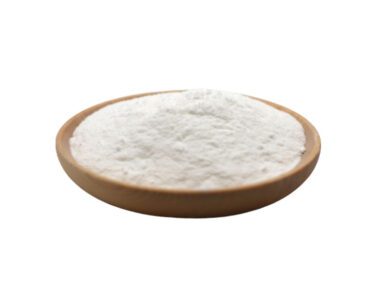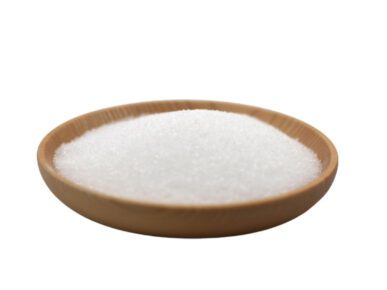Table of Contents
Maltodextrin is a powder that makes food taste better, thicker, or last longer. It is also in sports drinks and supplements to give energy fast.
Maltodextrin comes from starch, which can be from corn, potato, wheat, tapioca, or rice. To make maltodextrin, they break down starch into smaller pieces with water, enzymes, and acids.
The powder has sugar molecules called oligosaccharides, which have 3 to 20 saccharides. The number of saccharides affects how sweet and soluble maltodextrin is. The lower the number, the sweeter and more soluble it is.
What Is Organic Maltodextrin?
Organic maltodextrin is maltodextrin that comes from organic starch. This means that they did not use chemicals to grow the crops. Organic maltodextrin may also use natural enzymes to break down starch.
The FDA says that maltodextrin is safe to eat. But some people may like organic maltodextrin more than regular maltodextrin for the environment or health.
How Are Organic Maltodextrin and Regular Maltodextrin Different?
The main difference between organic maltodextrin and regular maltodextrin is where the starch comes from. Organic maltodextrin comes from organic crops, while regular maltodextrin can come from any crops.
Another difference is the enzymes they use to break down starch. Organic maltodextrin may use natural enzymes, while regular maltodextrin can use man-made enzymes.
A third difference is the cost. Organic maltodextrin is usually more costly than regular maltodextrin because organic farming and processing are more expensive.
How Do Organic Maltodextrin and Regular Maltodextrin Compare in Properties and Uses?
Organic maltodextrin and regular maltodextrin are similar in how they work in food and drinks. They both can:
- make foods or liquids thicker or stickier
- make foods or liquids taste better
- make foods last longer
- replace sugar or fat in low-calorie foods
- give quick energy for athletes
But organic maltodextrin and regular maltodextrin may be different in how good they are for you. Some possible differences are:
| Aspect | Organic Maltodextrin | Regular Maltodextrin |
|---|---|---|
| Calories | 4 calories per gram | 4 calories per gram |
| Carbohydrates | All carbohydrates | All carbohydrates |
| Fiber | No fiber | No fiber |
| Protein | No protein | No protein |
| Fat | No fat | No fat |
| Vitamins and minerals | May have some vitamins and minerals from the organic source | May have some vitamins and minerals from the source |
| Gluten | May have gluten if the source has gluten | May have gluten if the source has gluten |
| Chemicals | No chemicals used for the source | May have chemicals used for the source |
| Enzymes | Natural enzymes used to break down starch | Man-made enzymes used to break down starch |
| Glycemic index | High glycemic index (85-105) | High glycemic index (85-105) |
| Blood sugar levels | Can make blood sugar levels go up fast | Can make blood sugar levels go up fast |
| Diabetes risk | May raise diabetes risk if you eat too much or without other foods with fiber | May raise diabetes risk if you eat too much or without other foods with fiber |
| Cholesterol levels | May lower cholesterol levels a little because of resistant starch | May lower cholesterol levels a little because of resistant starch |
| Gut health | May help your gut because of resistant starch | May help your gut because of resistant starch |
| Inflammation | May cause less inflammation than regular maltodextrin because of no chemicals | May cause more inflammation than organic maltodextrin because of chemicals |
| Immune system | May help your immune system because of less inflammation and more resistant starch | May hurt your immune system because of more inflammation and less resistant starch |
Organic maltodextrin and regular maltodextrin are both powders that can make food and drinks better. They are also sources of fast energy for athletes. But they have no nutrition and can make blood sugar levels go up fast, which may lead to diabetes.
The main difference between organic maltodextrin and regular maltodextrin is where the starch comes from. Organic maltodextrin comes from organic crops, while regular maltodextrin comes from any crops. Organic maltodextrin may also use natural enzymes, while regular maltodextrin may use man-made enzymes.
Organic maltodextrin and regular maltodextrin are similar in how they work, but they may be different in how they affect your health. Organic maltodextrin may be better than regular maltodextrin, because it may cause less inflammation, more resistant starch, and better immune system. But these effects are not sure and may depend on the person and the amount.
So, it is best to eat maltodextrin, whether organic or regular, in small amounts and with other foods that have fiber, protein, and healthy fats. This can help keep the blood sugar levels steady and avoid health problems.

